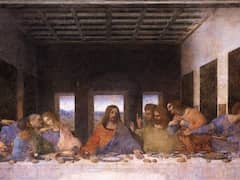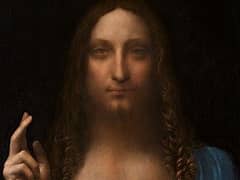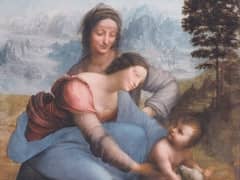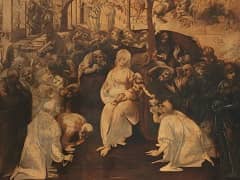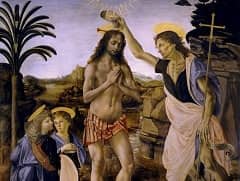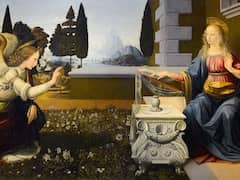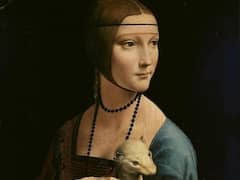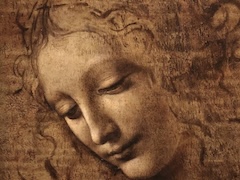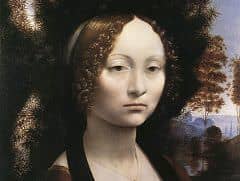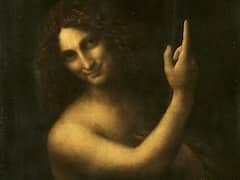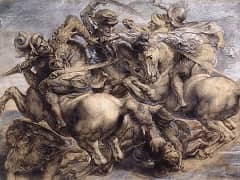Portrait of Isabella d'Este - by Leonardo da Vinci
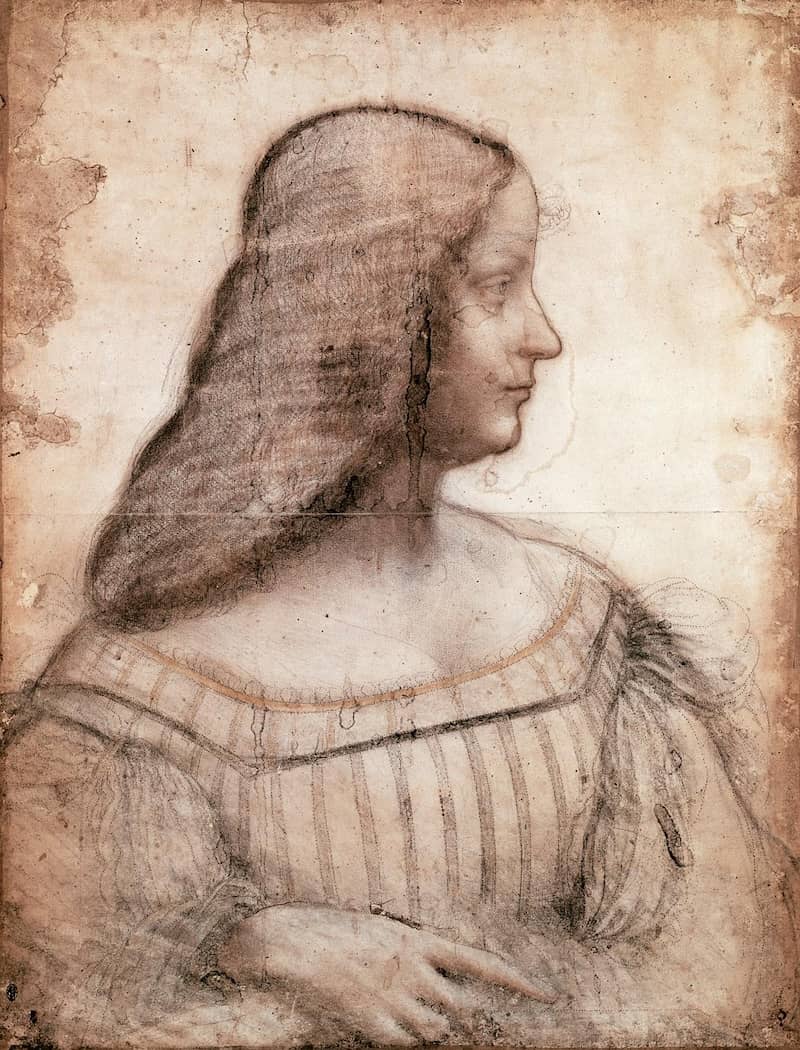
Leonardo da Vinci left Milan in 1499 when the French army invaded Italy. On his way to Venice he stopped at Mantua, where Isabella d'Este asked him to paint her portrait. This famous drawing is a sketch for the portrait that was never painted; despite its fragile state of conservation, it is one of Leonardo's finest head-and-shoulders portraits, here with the head in profile. It is also the only known drawing by the master that is highlighted with several colored pigments.
Though unfinished, this sketch is remarkable for its proportions, and for the foreshortening of the bust; it is also striking for the ambiguous choice of pose. The perfectly linear profile, eyes gazing beyond our field of vision, contrasts with the turn of the body. The portrait in profile may have been the choice of the Marchesa herself, who was thus portrayed on the bronze medal made by Gian Cristoforo Romano in 1497-1498.
This portrait of Isabella d'Este can be seen as the fruition of Leonardo's experimentation since the 1490s, and a preview of what was about to follow: The Virgin and Child with St Anne, and The Mona Lisa. The Portraits of Isabella d'Este and the Mona Lisa seem to represent Leonardo's "progressive idealization of the portrait" - in other words, his attempt to create portraits that were lifelike yet of a perfection related to universal beauty.


